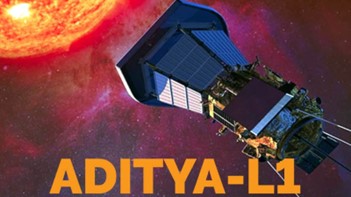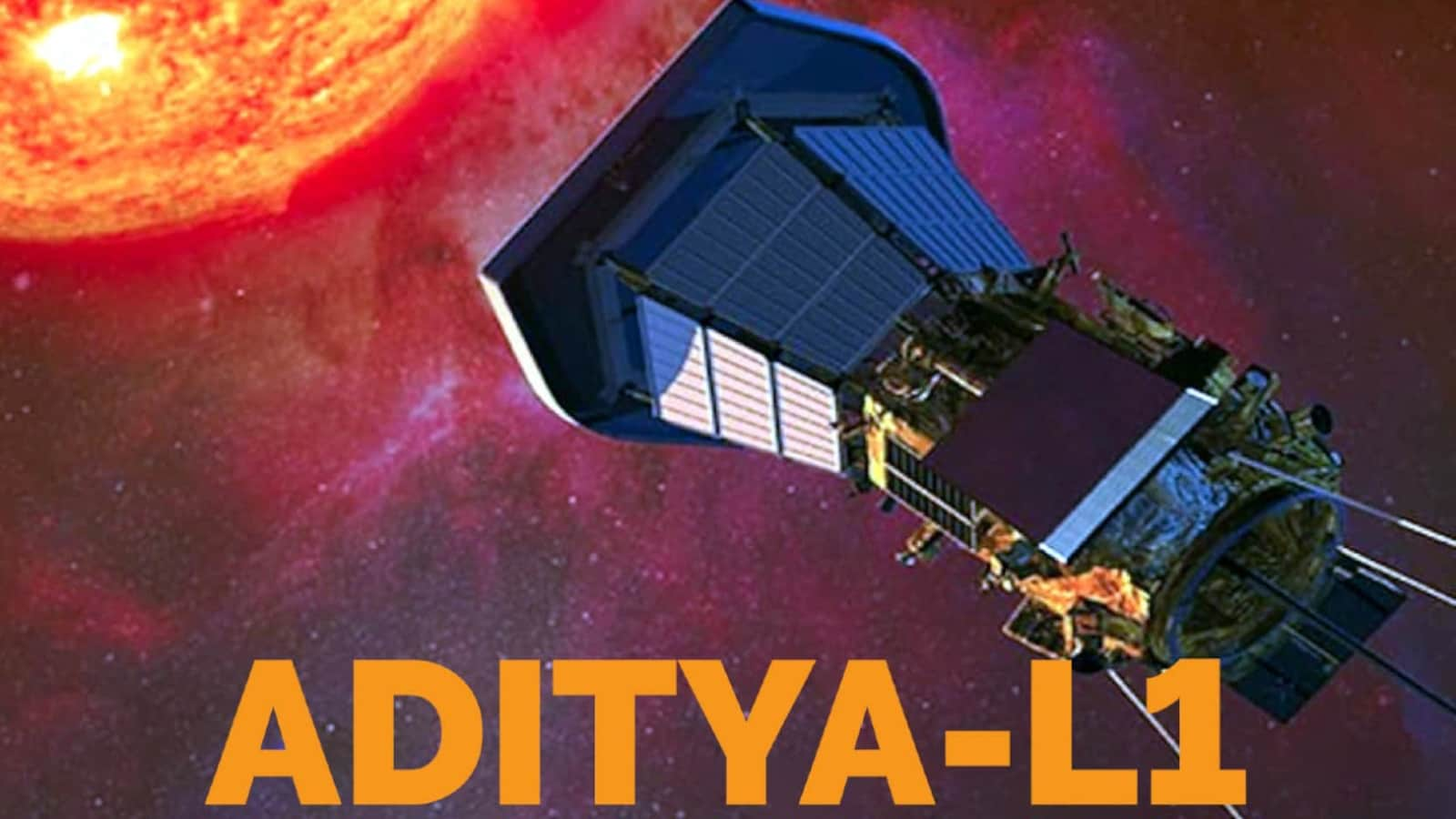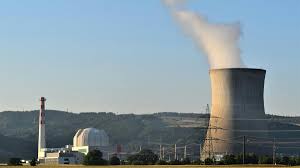- Courses
- GS Full Course 1 Year
- GS Full Course 2 Year
- GS Full Course 3 Year
- GS Full Course Till Selection
- Answer Alpha: Mains 2025 Mentorship
- MEP (Mains Enrichment Programme) Data, Facts
- Essay Target – 150+ Marks
- Online Program
- GS Recorded Course
- Polity
- Geography
- Economy
- Ancient, Medieval and Art & Culture AMAC
- Modern India, Post Independence & World History
- Environment
- Governance
- Science & Technology
- International Relations and Internal Security
- Disaster Management
- Ethics
- NCERT Current Affairs
- Indian Society and Social Issue
- NCERT- Science and Technology
- NCERT - Geography
- NCERT - Ancient History
- NCERT- World History
- NCERT Modern History
- CSAT
- 5 LAYERED ARJUNA Mentorship
- Public Administration Optional
- ABOUT US
- OUR TOPPERS
- TEST SERIES
- FREE STUDY MATERIAL
- VIDEOS
- CONTACT US
INDIA’S FIRST MISSION TO STUDY SUN, ‘MISSION ADITYA-L1’
INDIA’S FIRST MISSION TO STUDY SUN, ‘MISSION ADITYA-L1’
16-08-2023

Latest Context
India’s ISRO is planning to launch India’s first space-based Indian observatory to study the Sun titled Aditya-L1. It will be launched from SDSC-SHAR, Sriharikota.
Objective: It will provide crucial information in order to understand the problems of coronal heating, coronal mass ejection, pre-flare and flare activities and their characteristics, the d ynamics of space weather, propagation of particles and fields etc.
ynamics of space weather, propagation of particles and fields etc.
Details of Aditya-L1
- The spacecraft shall be placed in a halo orbit around the Lagrange point 1 (L1) of the Sun-Earth system, which is about 1.5 million km from the Earth. A satellite placed in the halo orbit around the L1 point has an edge to continuously view the Sun without any occultation/eclipses
- It will carry seven payloads. It will study the photosphere, chromosphere, and outermost layers of the Sun (the corona) using electromagnetic and particle and magnetic field detectors
- Payloads and Scientific Instruments
- VELC (Visible Emission Line Coronagraph): It will lay emphasis on studying the corona through imaging and spectroscopy, along with observing coronal mass ejections.
- SUIT (Solar Ultraviolet Imaging Telescope): It will gather images of the photosphere and chromosphere in order to measure solar irradiance variations and facilitate narrow and broadband imaging.
- SoLEXS (Solar Low Energy X-ray Spectrometer) and HEL1OS (High Energy L1 Orbiting X-ray Spectrometer): They will study X-ray flares over a wide energy range, providing insights into the Sun’s X-ray emissions.
- ASPEX (Aditya Solar Wind Particle Experiment) and PAPA (Plasma Analyzer Package For Aditya): These tools will analyze electrons, protons, and energetic ions in the solar wind that will assist in understanding the solar particle environment.
- Advanced Tri-axial High-Resolution Digital Magnetometers: This payload will examine the interplanetary magnetic field at L1, revealing crucial information about solar magnetic dynamics.
Significance
- India’s Aditya L1 represents a significant stride towards understanding our sun’s intricacies and its far-reaching effects on our planet.
- Additionally, from improving space weather forecasting to contributing to climate research, this solar space observatory stands as a testament to India’s commitment to sustainable and innovative solutions
- It will observe solar activities and their effects on space weather in real-time.
Other solar missions
- Parker Solar Probe (NASA)
- Solar and Heliospheric Observatory (European Space Agency)
- Kuafu-1 solar probe (China) etc.



